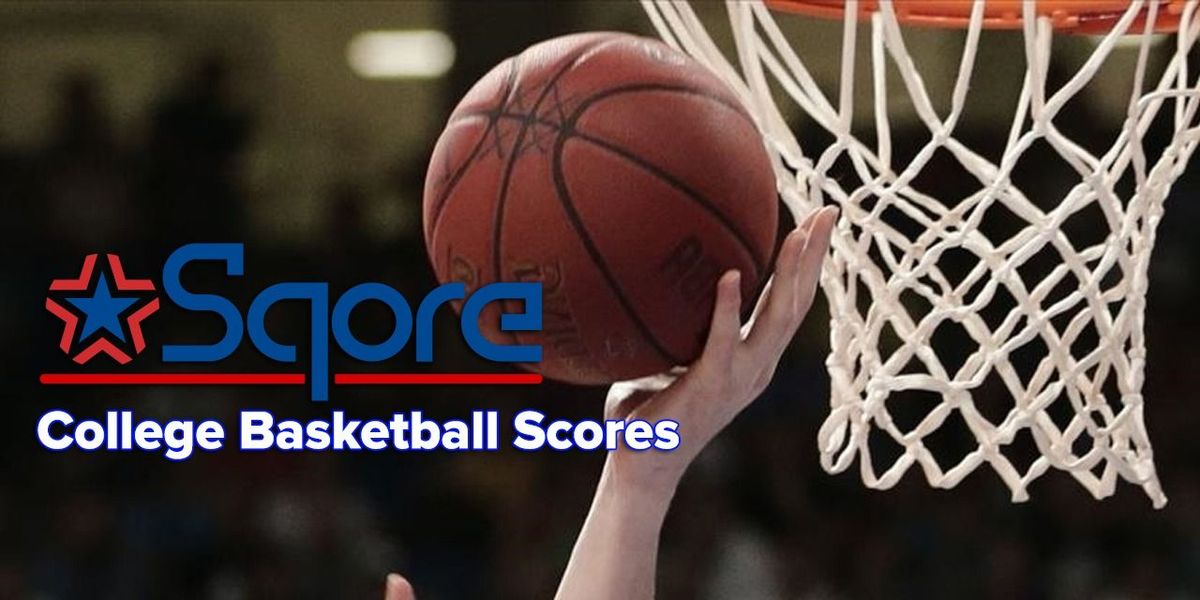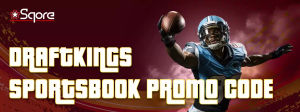Scoring points in NCAA basketball works pretty much the same way as with the NBA and every other basketball competition. The game's main objective is for a team to score more points than the opposition. There are three ways to score points in college basketball:
Three Points: A team scores three points when it throws the ball into its opponent's basket outside the three-point line.
Two Points: A two-point score is awarded to a team when it throws the ball into its opponent's basket from inside the three-point line.
One Point/Free Throw: When a technical foul is awarded to a team, it will receive a throw (or more) depending on the circumstances surrounding the foul. Each free throw, when scored, is a point. We will explain more about free throws in the next section.

Free Throws in NCAA Men's Basketball
For the most part, free-throw rules in college basketball are not much different from the standard free-throw basketball rule. When an attacking player is fouled in the act of shooting, his team is awarded one or more free throws. For example, if a foul occurs when the player is attempting a three-point score and misses the shot, three free throws are awarded. However, if it is a two-point shot that was missed, two free throws are awarded. On the other hand, if the player scores the point, only one free throw is given to the team.
Apart from fouls on an attacking player, free throw can also be awarded to an NCAA basketball team in a game due to total fouls committed, whether it is during an attack or not. For example, if a team is fouled seven times in the first or second half of a game, it will receive one free throw. If it makes the free throw, another is given. This is referred to as shooting a one-and-one. On the tenth foul committed against a team in a half, two free throws are awarded.
There are several betting markets and options available for bettors in college basketball. Against the spread is one of the most common options. Contrary to what you may think, reading ATS in NCAA basketball is straightforward. A point spread is simply a positive or negative advantage given to a team by a sportsbook to help even the odds.
So, when you bet against the spread, you are wagering money on a team to surpass the spread value. Say a home team in an NCAA tournament game is given a negative point spread of -20 points, and you bet on the team to win with the point spread. The team must then score at least 21 points more than the opponent for your bet to win.
Moneyline bets in college basketball work the same as every other sport. When you place a Moneyline bet, you are wagering on a team to win the game. For instance, you can bet on the home team to win a particular NCAA Tournament game. This means that the home team must score more points than the away team at the end of the match when you check the college basketball scores.
Betting on live events in NCAA men's basketball is also common among many gamblers. The beauty of this form of betting is that you can make decisions based on what is going on in the game. You might even be able to take advantage of rising odds. At Sqore.com, you can count on us to provide you with tips and information as you check college basketball scores on our platform.












